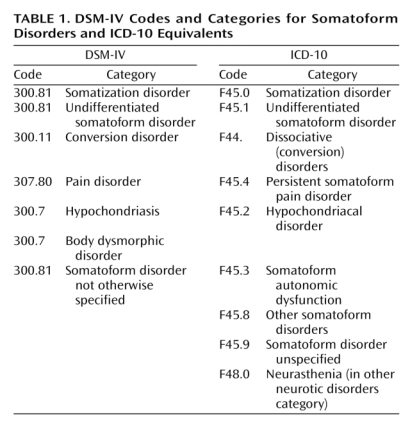What are the DSM V criteria? How is the DSM V used to diagnose mental disorders? To be diagnosed with depression , symptoms must be present for at least two weeks.
Depression DSM -Diagnostic Criteria. The DSM -outlines the following criterion to make a diagnosis of depression. DSM – V proposed (not yet adopted) anxiety symptoms that may indicate depression: irrational worry, preoccupation with unpleasant worries, trouble relaxing, feeling tense, fear that something awful might happen. Most people don’t need to be clinical psychologists to realize something might be wrong. DSM-Diagnoses and ICD-9-CM and ICD-10-CM Codes, Alphabetical Listing.
This is an alphabetical listing of all DSM-diagnoses. If they have ICD-9-CM or ICD-10-CM codes, those are liste too. There are also numerical ICD-9-CM and numerical ICD-10-CM listings.

Learn more about depression symptoms, signs, resources, and. Major depressive disorder (MDD) is a mental illness defined in the Diagnostic and Statistical Manual of Mental Disorders (DSM). The DSM provides the diagnostic criteria used by doctors for major depressive disorder (MDD) and all mental disorder diagnoses.
The specific DSM-criteria for major depressive disorder are outlined below. Also, in addition to the symptoms of depression , it is also believed that close to of individuals diagnosed with anxiety disorders also meet the criteria for a depressive disorder. Consequently, the DSM assumes that the depression construct may be considered unidimensional.

In substance abuse treatment settings, you are likely to encounter clients with a variety of diagnoses of depressive illnesses. You can, however, also work with people who have a diagnosis of Adjustment. The DSM -removed what was known as the bereavement exclusion for major depressive episodes. In the past, depression symptoms lasting less than two months following the death of a loved one would have been classified as a major depressive episode. In many respects depression symptoms according to the DSM -are similar to the ICD-depression symptoms.
The following criteria, as determined by the DSM - must be met in order for a diagnosis of major depressive order to be made: At least five of the following symptoms must be present during the same 2-week period and represent a change from previous functioning. These criteria are coded for in fifth digit of the DSM -IV diagnostic code. ICD-9-CM conversion, index and annotation crosswalks, DRG grouping and more. It is severe enough to interfere with daily function. DSM - V ) classifies clinical depression as a mood disorder.

In previous DSM editions, a distinction was made between dysthymia and chronic major depressive disorder. In DSM - the diagnosis of persistent depressive disorder captures both the chronic form of major depression and what was formerly dysthymia, a condition that is present for at least years in adults or year in children. Coding and Recording Procedures The diagnostic code for major depressive disorder is based on whether this is a single or recurrent episode, current severity, presence of psychotic features, and remission status. Severity of depression according tot he DSM -IV. The severity of a depression can be decided with the help of the amount of symptoms present.
The more symptoms are present, the more severe the depression is. The DSM -IV has the following criteria for this: If one criterion is met, “symptom depression ” is indicated. DSM -and the elimination of the major depression bereavement exclusion. The DSM -debate over the bereavement exclusion: Psychiatric diagnosis and the future of empirically supported treatments.

Onset is more common in adolescence, but can appear at any age. Females are diagnosed with depression 1. People with depression are at risk of suicide, especially if they have made attempts or threats in the. The criteria for the major psychotic disorders and mood disorders are largely unchanged in the Diagnostic and Statistical Manual of Mental Disorders, Fifth Edition ( DSM -5), with a few important exceptions: a new assessment tool for the psychotic disorders based on dimensional assessment, a new scheme of specifiers for the mood disorders , the addition of three new depressive disorders, and.
No comments:
Post a Comment
Note: Only a member of this blog may post a comment.